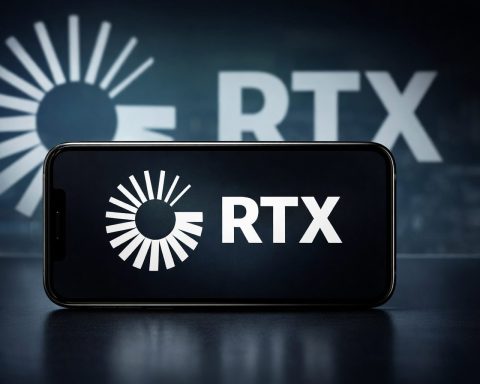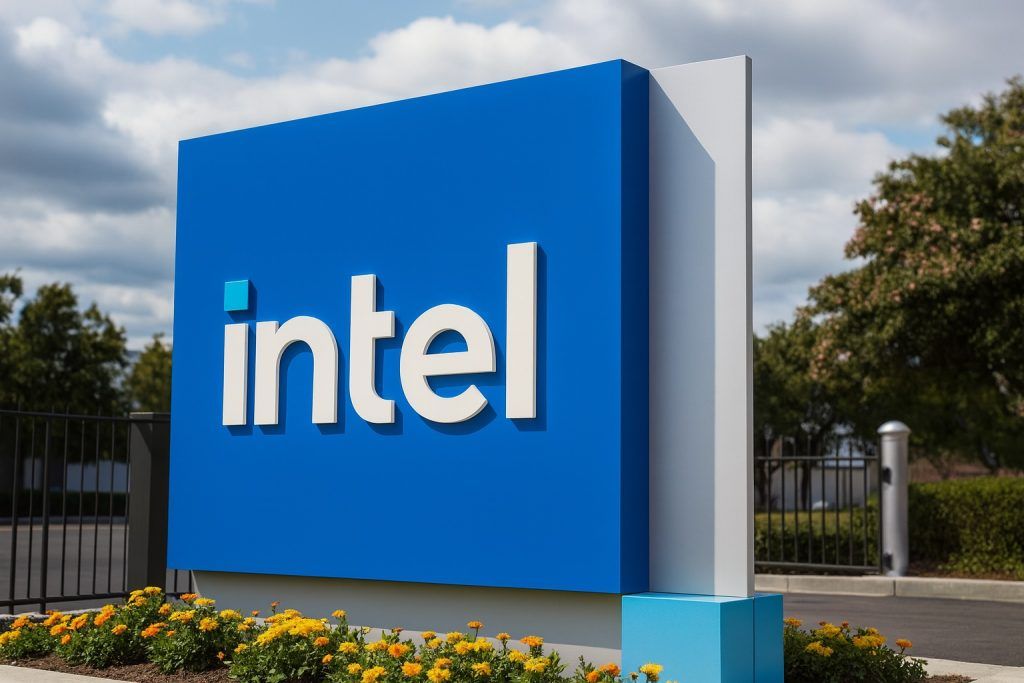- Market surge: Ford (NYSE: F) shares jumped ~10% on Oct. 24 after a strong Q3 report, trading around $13.8 as of Oct. 25 [1] – near 52-week highs. The stock is up roughly 20–30% year-to-date [2], outpacing the market, buoyed by robust truck sales and cost-cutting.
- Q3 beat: Ford’s third-quarter revenue was about $50.5 billion (+9% YoY) and adjusted EPS $0.45 versus $0.36 expected [3]. These figures topped forecasts and underscored its core ICE (internal combustion engine) business strength. CEO Jim Farley reaffirmed a $0.15/share quarterly dividend [4]. Investors cheered the results, lifting the stock toward the mid-$13s [5].
- Guidance cut: Ford warned that a September fire at a key aluminum supplier (Novelis) will shave $1.5–2.0 billion off 2025 profits [6]. Consequently, it lowered full-year EBIT guidance to about $6.0–$6.5 billion from $6.5–7.5 billion [7]. Farley stressed the company is “minimiz[ing] the impact in 2025” and aiming to recover production next year [8]. Meanwhile, recently enacted U.S. policies (a 3.75% credit for domestic assembly) are expected to offset roughly $1 billion of the tariff drag [9].
- EV challenges: Ford’s electric-vehicle unit remains unprofitable. In Q3 the Model e division lost about $1.1 billion [10], on top of huge losses in prior quarters. U.S. EV sales are slumping (~30% lower YoY), leaving Ford with only ~5% U.S. EV market share [11]. The company is delaying some EV launches and cutting costs in its EV factories. Still, Ford is pushing ahead on EVs – adding a high-performance F-150 Lightning model and new EV vans – while investing over $50 billion in U.S. battery plants (e.g. “BlueOval” projects) to build scale [12].
- Recalls & quality: A rash of recalls has clouded the outlook. Reuters reports Ford recalled ~1.45 million U.S. vehicles in late Oct. 2025 for faulty backup cameras [13], and about 625,000 more for camera/seatbelt issues earlier in the month [14]. In total, more than 100 safety recalls have been announced this year (fuel pumps, steering, electronics, etc.). Regulators even fined Ford ~$165 million in 2024 for delaying camera recalls [15]. These quality woes dent profit and reputation, but Ford insists the latest recall fixes won’t materially impact earnings [16].
- Labor and tariffs: Ford’s labor contract and trade mix are key factors. After the 2023 UAW strikes, Ford agreed to a new 2024–28 union deal with hefty wage raises (top pay ~$40/hr) and profit sharing [17]. This stabilizes labor relations (no active strikes now) but raises costs. On tariffs, Ford builds about 79% of its U.S. sold vehicles domestically [18], shielding it more than GM from proposed 25% import levies on Canada/Mexico parts. Moreover, the new U.S. assembly credit (thanks to recent federal action) has reduced Ford’s net tariff hit to roughly $1 billion for 2025 [19].
- Dividends & valuation: Ford’s $0.60 annual dividend yields roughly 4–5% at current prices [20] [21], one of the highest among automakers. The stock trades at under 15× forward earnings [22], below many peers, which some analysts view as a margin of safety. Wall Street consensus is neutral: the average 12-month price target is about $11.5 [23]. Bulls argue that Ford’s strengths (legacy brands, truck franchise, credit arm) imply upside, while bears warn that breakthrough catalysts are scarce until Ford proves it can nail EV execution [24].
Charting the Stock: Support, Resistance and Outlook
Technically, analysts note Ford has traded in roughly an $8.60–$13.00 range for the past few years [25]. The stock bounced off the $10–11 area amid October’s turmoil and has found resistance near the prior highs (~$12–$13). A decisive move above ~$13 could signal more upside – one analysis even sees potential toward the mid-teens to $19+ if fundamental trends turn favorable [26] [27]. On the downside, a break below roughly $10.60 might expose the old $8.60 lows [28]. Recent technical reports highlight Ford’s short-term uptrend (RSI ~65) and a fresh breakout above ~13.20 [29], but caution that volume spikes around news imply volatility.
Expert Commentary and Forecasts
Most analysts currently rate Ford a “Hold,” reflecting both the company’s storied legacy and its near-term challenges [30] [31]. Many price targets cluster around the low $12s (in line with current levels) [32], though some bulls are more optimistic. For example, TS2.tech highlights Ford’s attractive valuation and argues that if the company can “deliver trucks, avoid new quality fiascos, and steadily improve EV economics – the underlying value will shine through” [33]. Several firms have recently nudged up targets to the $15–16 range after the strong quarter.
Overall, experts point out that Ford’s immediate outlook hinges on execution. A senior analyst notes that as long as ICE trucks remain profitable and quality improves, Ford can weather the EV losses and external shocks [34]. Conversely, any fresh negative news on tariffs or recalls could quickly swing sentiment. With a dividend yield well above the market average [35], some investors view Ford as a value play. In short, the stock’s medium-term trajectory will depend on whether Ford can convert its revenue growth into sustained profit growth. As one strategist bluntly put it: Ford’s turnaround rests on avoiding “self-inflicted” problems and proving that its long-term EV bets can eventually pay off [36].
Sources: Recent financial news and filings, including Reuters and TradingNews.com coverage of Ford’s Q3 results [37] [38]; detailed analysis from TechStock² (TS2.tech) [39] [40]; and market data from Investing.com [41] [42]. Other data drawn from automotive industry reports (WardsAuto, Roboforex) and Ford press releases. All figures cited are up-to-date as of Oct. 25, 2025.
References
1. www.investing.com, 2. ts2.tech, 3. www.reuters.com, 4. ts2.tech, 5. www.investing.com, 6. www.reuters.com, 7. www.reuters.com, 8. www.reuters.com, 9. www.reuters.com, 10. www.investing.com, 11. ts2.tech, 12. ts2.tech, 13. www.reuters.com, 14. www.reuters.com, 15. www.reuters.com, 16. www.reuters.com, 17. ts2.tech, 18. ts2.tech, 19. www.reuters.com, 20. ts2.tech, 21. www.investing.com, 22. ts2.tech, 23. www.investing.com, 24. ts2.tech, 25. ts2.tech, 26. ts2.tech, 27. www.investing.com, 28. ts2.tech, 29. www.investing.com, 30. ts2.tech, 31. www.investing.com, 32. www.investing.com, 33. ts2.tech, 34. ts2.tech, 35. www.investing.com, 36. ts2.tech, 37. www.reuters.com, 38. www.investing.com, 39. ts2.tech, 40. ts2.tech, 41. www.investing.com, 42. www.investing.com







